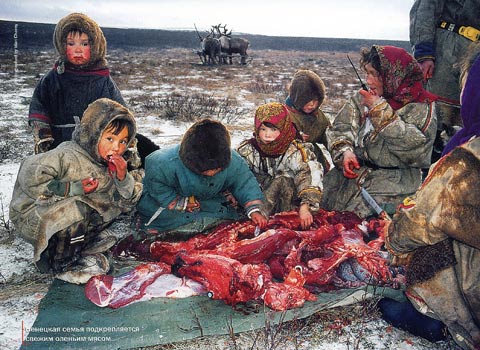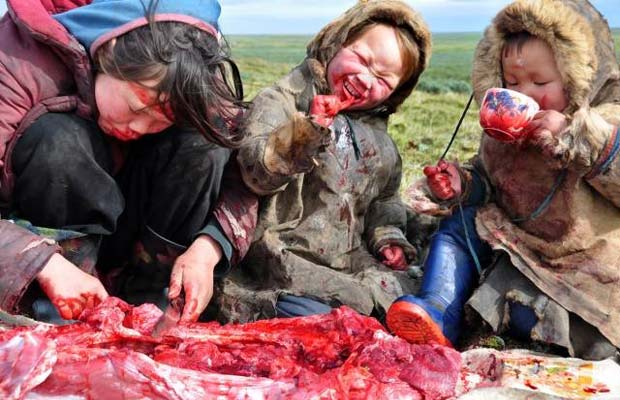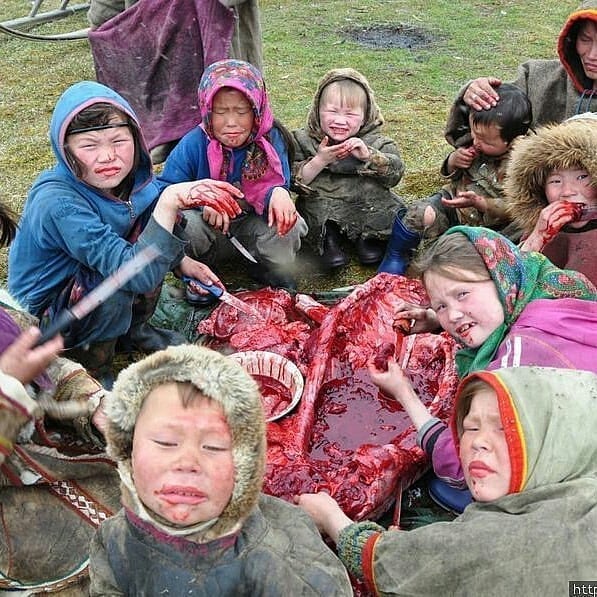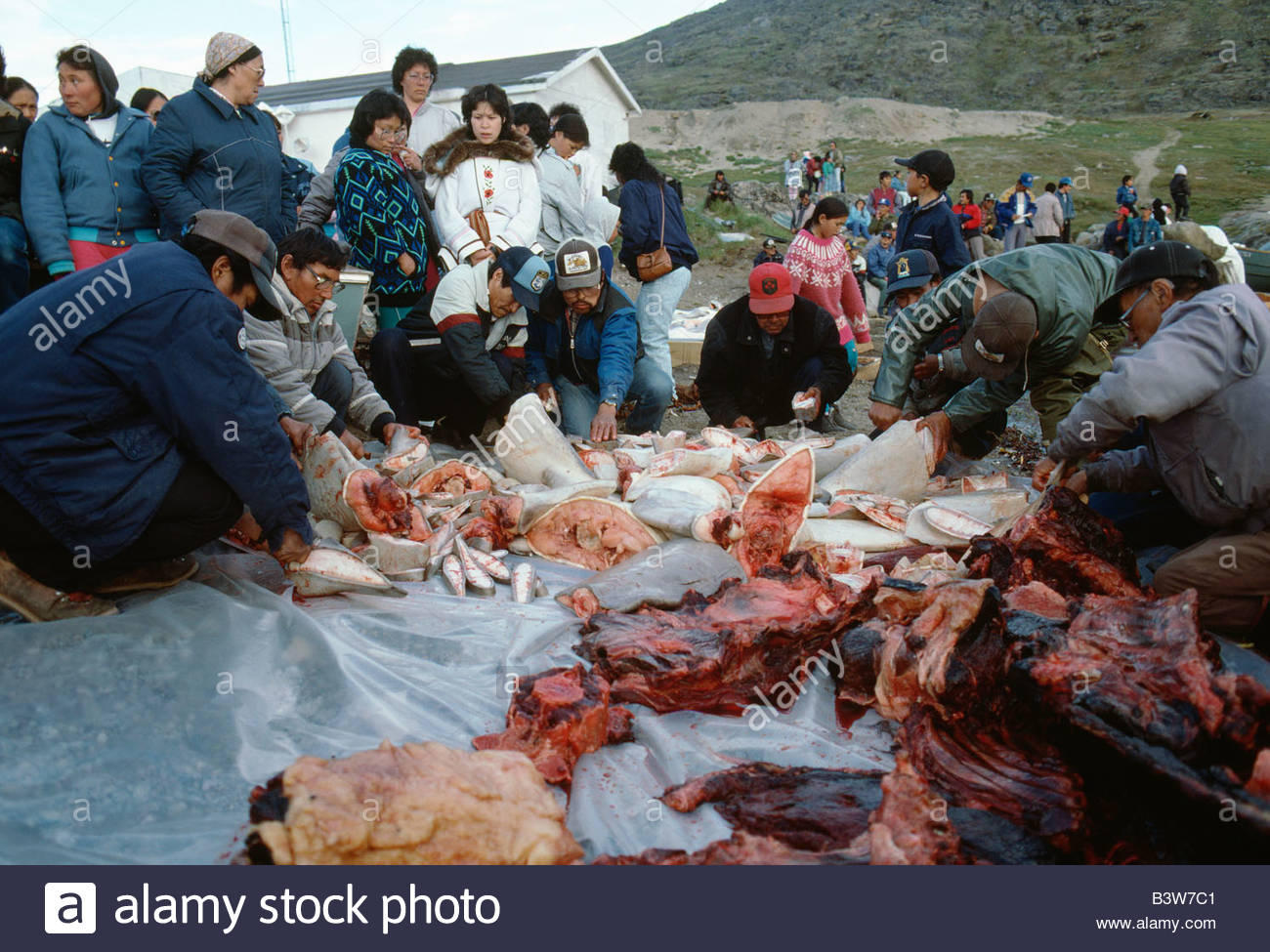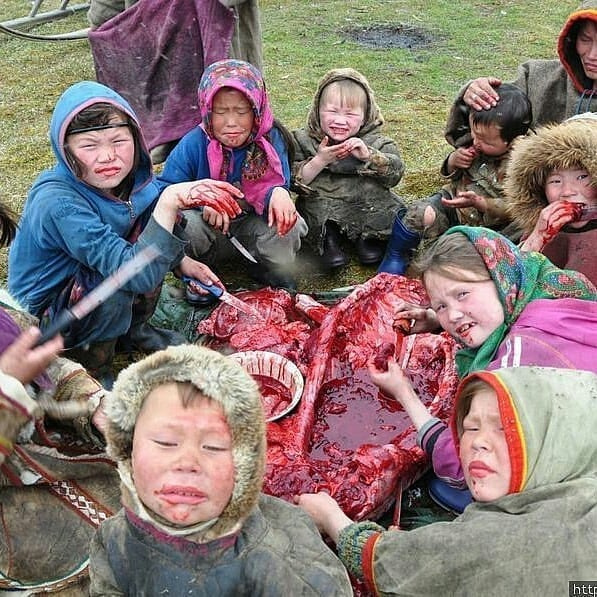Except for the meat part it is close to a ketogenic diet but it would still be difficult to maintain (without meat) and also because of the lack of enough exogenous fat (cholesterol; HMG-CoA Reductase) and too much sugar in the diet leading to future cardiovascular, diabetes and Alzheimer’s disease etc? (biomarkers look good now but what is the efficacy with that long-term?)
Here is the problem though, and most important thing to remember and that is the biomarkers or benchmarkers that are being used as the quotients idea of “healthiest diets*” are being compared to a healthy sugar burner (lean mass or highly muscular) and therein lies the problem and we all know what happens in that case long-term as you can see above?
The ketogenic dieting community should have a different set of biomarkers* so our physicians could have something like a physicians desk reference and laboratories should also have a different set of testing benchmarkers* to make a clear distinction between exclusive sugar burners and glucose/ketone burners?
As Dr. Boz and Hyperlipid point out just carb up 3 days before your phlebotomy lab tests or OGGT and you will look “normal?” To me that is scary??? This whole “healthiest” vegan looks like a Wolf in Sheep’s clothing?
*See Also: Low carb diets could shorten life (really?!) - Dr. Zoe Harcombie PhD

